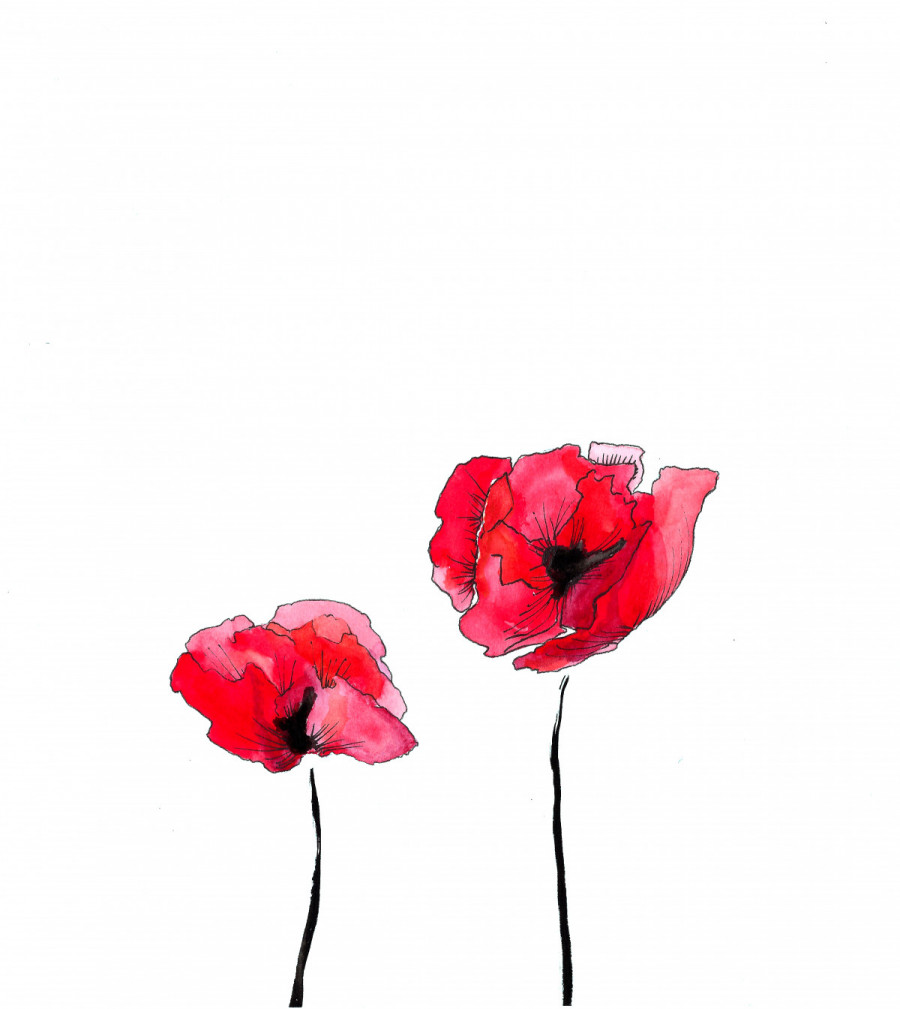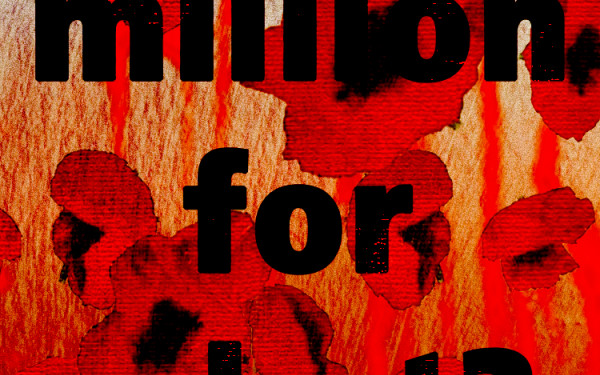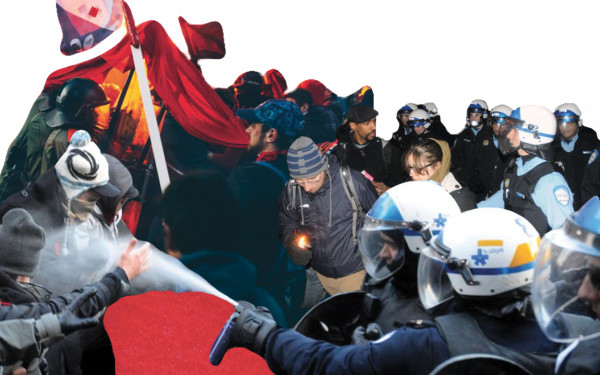People’s History of Canada: The Return of the Soldiers From the 22nd Battalion, Over a Century Ago
Overjoyed and impatient crowds filled the streets from Viger Square up to Jeanne-Mance Park, after a four-year wait, to reunite with sons, fathers, husbands, and friends.
On a sunny spring day in Montreal, French-Canadian soldiers from the 22nd Battalion returned home.
The battalion had left Montreal on May 20, 1915.
The first train that brought them back arrived on May 19, 1919, around 10 a.m.
The whistling of locomotives, the sound of sirens, and the city’s bells combined with the skirl of the pipes as the crowd’s cheers welcomed the survivors.
Thousands of citizens walked the two-and-a-half kilometre stretch with the marching soldiers.
It is a day in history that marked the hearts of many.
Over 5,000 soldiers had enlisted from Montreal, one of whom was Sgt. Maj. Claudius Corneloup.
Corneloup recounts many stories and atrocities in his 1919 memoir, L’épopée du vingt-deuxième , transporting readers into his years at war.
Enlisted as a volunteer with the Canadian Expeditionary Force in 1915, Corneloup recalls leaving for England as volunteers were sent off with praise and love.
“The province of Quebec will one day be able to reward their achievements and honour their return with dignity and majesty,” he wrote about Quebec Premier Lomer Gouin’s speech. “All will fight a just cause for which the most certain and brilliant victory is reserved.”
Although some left willingly, others held off until later in the war.
Despite the cheers upon their return, many soldiers had lost their place in a society that did not know how to properly welcome them back, which led to the creation of many organizations, such as The War Amps.
“There wasn’t a lot of support here for [the veterans] so they started the association to help each other integrate back into society,” said Jamie Lunn, current public awareness officer at The War Amps.
The organization grew and was officially chartered in 1920 as the Amputations Association of the Great War.
“They were then able to help the Second World War amputee veterans when they returned, and it continues to help amputees today,” said Lunn.
“There wasn’t a lot of support here for [the veterans] so they started the association to help each other integrate back into society.” — Jamie Lunn
Following the First World War, the returning soldiers succeeded in lobbying for the government to provide fair pensions.
Thus, in 1920, more than 20 per cent of federal revenues were dedicated to veterans’ pensions, up from 0.5 per cent in 1914.
“With the veterans, The War Amps has always fought for the rights of seriously disabled veterans,” said Lunn.
“They’ve often gone to the government to make sure that the compensation was fair, and that also includes compensation for the widows, as well, and the families.”
After the war ended, many of more than 250,000 Canadian soldiers waited long months to sail back home from Europe.
It was a great logistical challenge, but, by summer’s end, almost all had returned to Canada.
Today, Veterans Affairs Canada and many organizations like National Council of Veterans Associations in Canada and The War Amps are working to ensure the proper accommodation and care for those who served and their families.
In Corneloup’s words, Montreal’s welcome was “the most touching and the most grandiose patriotic demonstration.”
He thought the names of those who were killed deserved to be honoured and remembered by new generations.
He hoped the little ones, even after 100 years, would proudly say, “It’s my father’s name! He well deserved recognition of the homeland, since he was part of the 22nd,” pointing at the engraved names.
More than 650,000 Canadians served during the First World War.


_600_832_s.png)




